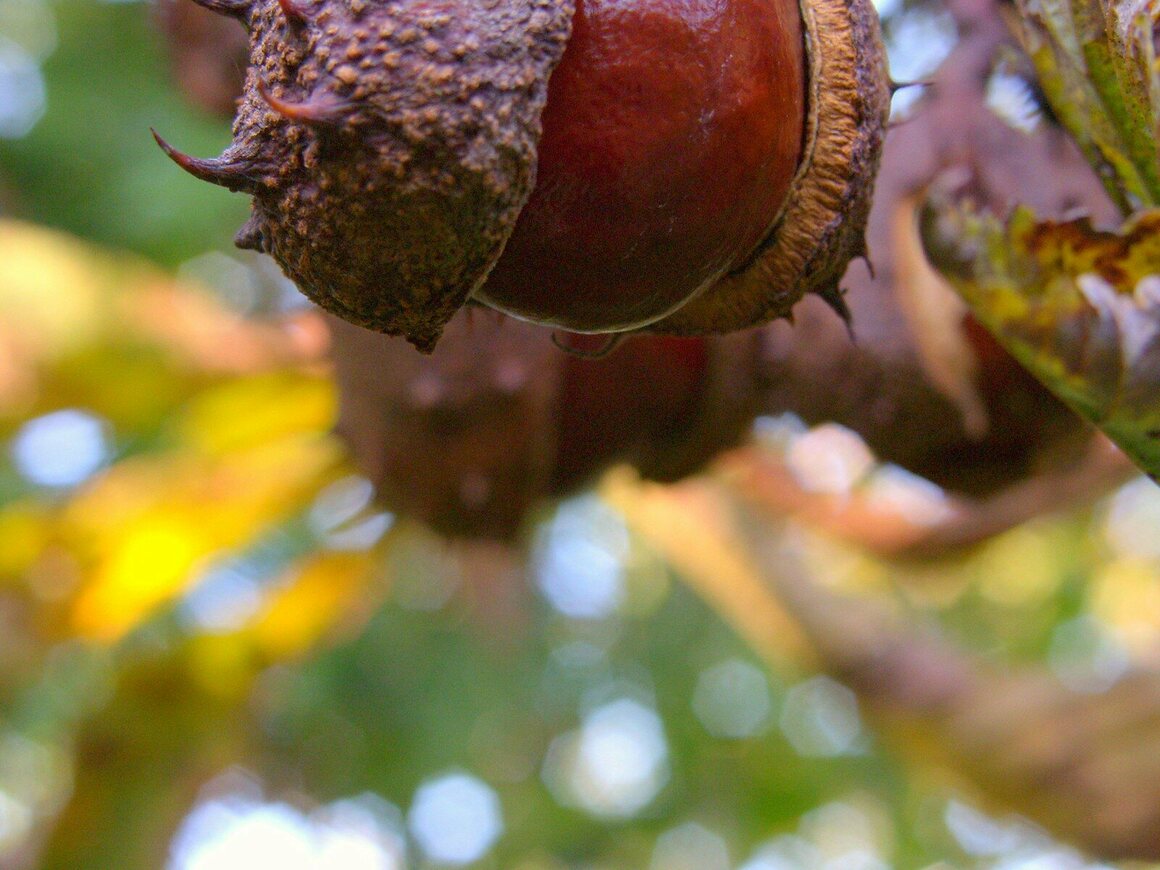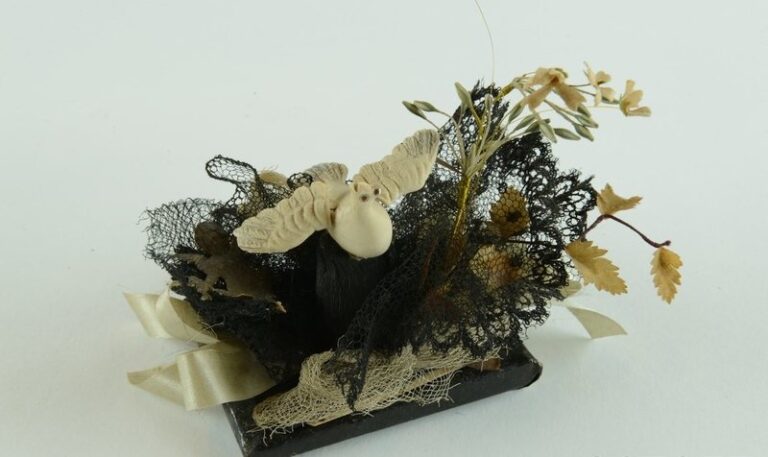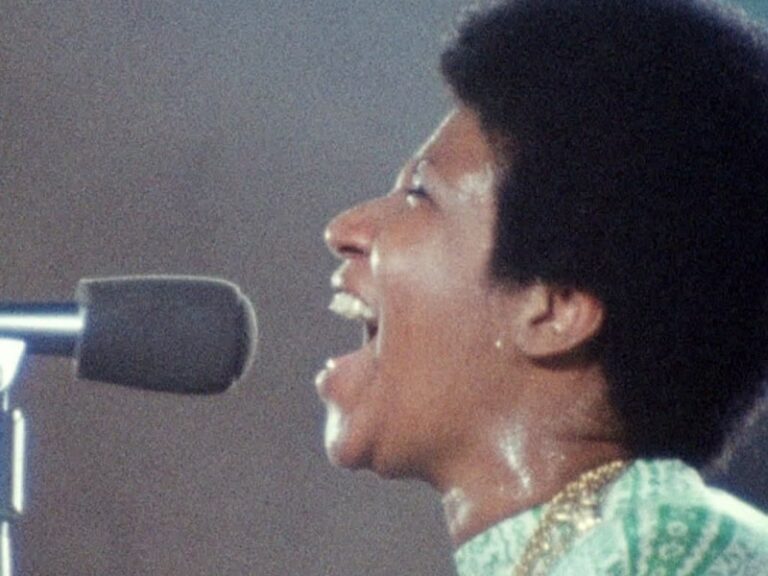How Far Should Humans Go to Help Species Adapt?
This story was originally published in Yale Environment 360, and appears here as part of the Climate Desk collaboration.
“I spent 15 years removing cats from fenced reserves and national parks,” Katherine Moseby was saying. “And then, all of a sudden, I was putting them back in. It felt very strange to be doing that.”
It was a hot, intensely blue day in the Australian Outback, about 350 miles north of Adelaide. I was tagging along with Moseby as she checked the batteries on the motion-sensitive cameras that dot Arid Recovery, an ecosystem restoration project she and her husband launched in 1997. The project sprawls over 47 square miles of red earth and scrub. It’s entirely surrounded by a six-foot-tall fence, which is designed to keep out feral cats and foxes.
Inside the main fence is a series of smaller fenced-in paddocks. Several years ago, Moseby decided to start adding cats into some of these. Her reasoning was simple and, in its own way, radical. The outback ecosystem had been so fundamentally changed, that, if the native animals were to survive, they would have to change, too. Perhaps they could be trained to avoid cats, which were introduced to the country by the British colonists and now can be found virtually everywhere in Australia, including most islands.
“A lot of the focus has been on trying to come up with methods of killing cats better,” Moseby, who holds a PhD in reintroduction biology, said. “And we sort of started looking at it from the prey perspective, like, what about if we make prey better? Will that help? Because ultimately coexistence is where we’re trying to get to. We’re not going to ever get rid of every cat in the whole of Australia.” It’s estimated that there are as many as 6 million feral cats in the country, and that they kill some 800 million native animals annually. (Foxes, also introduced by the British, are very nearly as widespread; they are somewhat easier to control, though, because they will more readily eat poison bait.)

Over the last several years, Moseby and her colleagues at Arid Recovery have experimented with two threatened marsupial species: the greater bilby, which looks like a small rabbit with a long nose, and the burrowing bettong, also known as the boodie, which has a squirrel-like face, skinny hind legs, and a long tail. They’ve added a small number of cats to some of the paddocks and then painstakingly recorded the results. The idea is to put enough pressure on the marsupials to produce behavioral or—even better—evolutionary change, but not so much pressure that all the animals wind up dead.
“There’s a lot of evidence to show that evolution can occur over very short time periods, particularly when there’s strong selection,” Moseby observed.
Of course, cats and foxes are already putting strong selective pressure on Australia’s native species—so strong that many are no longer around. Among mammals, the country’s extinction rate is the highest in the world. The lesser bilby—the greater bilby’s cousin— disappeared sometime in the mid-20th century. The crescent-tailed wallaby, the desert bandicoot, and the Lake Mackay hare-wallaby vanished around the same time. All, it’s believed, were done in by introduced predators. The greater bilby, for its part, was once abundant throughout most of Australia; today the total population is estimated at fewer than 10,000. The burrowing bettong was one of the most common animals in the country; it’s now restricted to islands and reserves like Arid Recovery.
Already, several groups are looking into the possibility of harnessing gene drive for conservation. Genetic Biocontrol of Invasive Rodents, or GBIRd, is studying the use of gene drive to rid remote islands of rats and mice. (The group is a consortium of organizations that includes North Carolina State University, Australia’s Commonwealth Scientific and Industrial Research Organization, and New Zealand’s Biological Heritage.) Scientists in New Zealand are researching the use of gene drive to eradicate invasive wasps, and scientists at Michigan State University are investigating the possibility of using gene drive to control invasive sea lampreys in the Great Lakes. In Australia, it’s been proposed that gene drive could be used to reduce or even eliminate feral cats. Though all of these gene-drive-for-conservation projects are now in very early stages, it seems likely that, in coming years, at least some of them will prove to be workable.
The idea of using gene editing to preserve natural systems seems, from a certain perspective, crazy. What could be less natural than a creature created in a lab? And the perils of releasing gene-edited organisms—particularly those equipped with gene drive—are clearly enormous.

But at a time when the border between the natural and the manmade, the wild and the synthetic, is becoming increasingly blurred, gene editing animals to protect them—or to protect other species from them—may become increasingly appealing. Already, researchers at the SUNY College of Environmental Science and Forestry in Syracuse, New York have produced a genetically-modified American chestnut tree that’s resistant to chestnut blight, the fungal pathogen that, in the early decades of the 20th century, killed off nearly every chestnut tree in North America. (The modified tree contains a key gene borrowed from wheat.) The tree has been submitted for federal approval, and a decision is expected sometime in the next year or so.
As for “assisted evolution,” such efforts, it could be argued, were already underway long before the term was invented. The American Chestnut Foundation, for instance, has been working for decades to create a blight-resistant chestnut tree via conventional breeding methods. These trees would be hybrids—American chestnuts crossed with Chinese chestnuts —and so, they, too, would contain genes from two different species, albeit closely-related ones.
As Kent Redford, a conservation consultant, and Bill Adams, a professor of conservation and development at Cambridge, put it in their forthcoming book, Strange Natures: “The idea that conservation must protect what is ‘natural’ is understandable.” However, “the distinction between what is natural and what is artificial no longer provides a sound guide to thinking about people and nonhuman life.”





